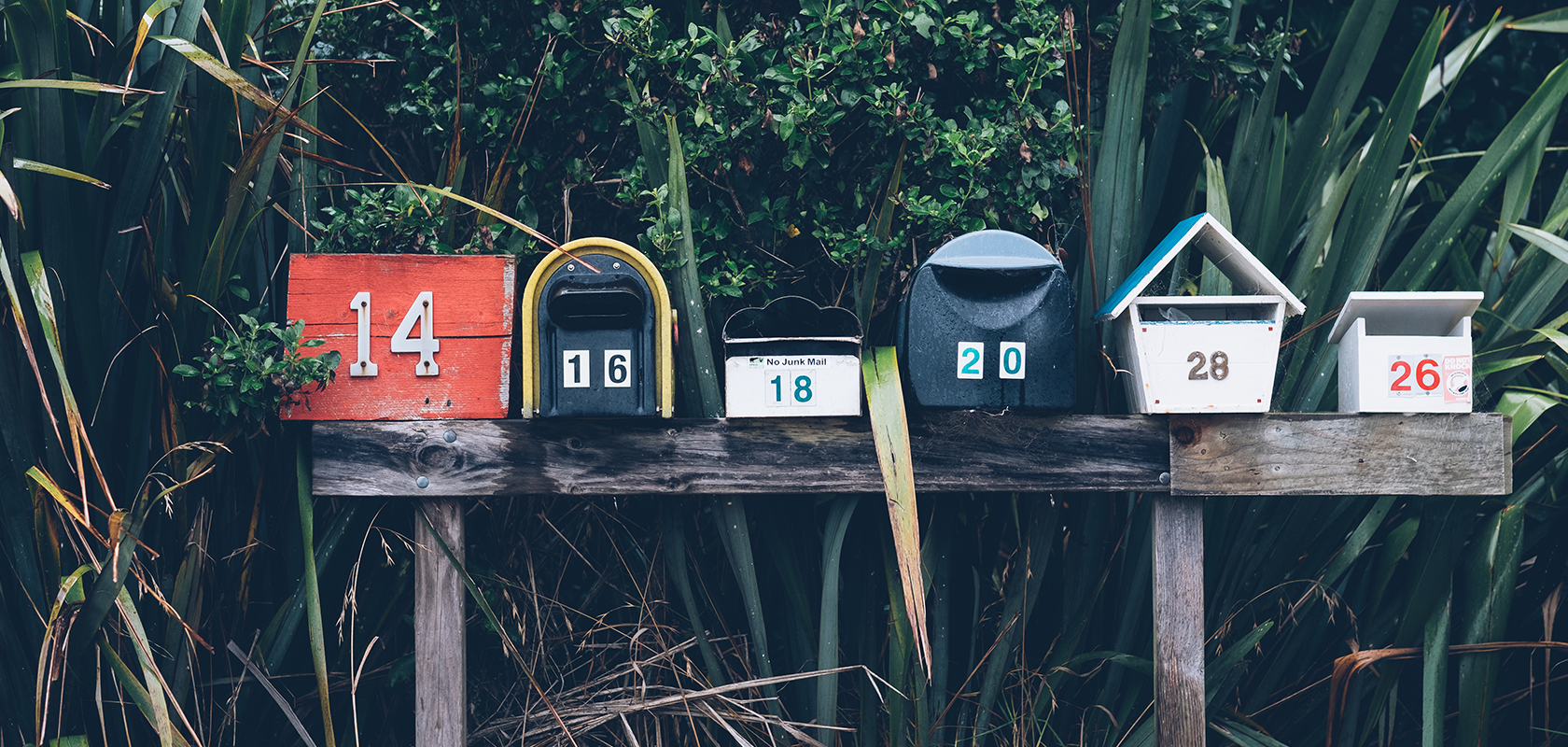This continues our series of introductory posts on designing for direct mail. Part 1introduced your friend at the post office, the Mailpiece Design Analyst, the basic mailpiece shapes, and some helpful online resources. In Part 2, we looked more closely at the shapes and other ways that the USPS categorizes mail. Here, in Part 3, we examine requirements for getting your mailpiece through the USPS’s processing equipment.
Nonmachinable mail
A mailpiece is nonmachinable if it has any physical characteristic which prevents it from being processed by the post office’s equipment, and is subject to a surcharge. Unless you are doing something unusual with your mailpiece on purpose and electing to have it processed manually at extra cost, your goal is to make all mail machinable by meeting all of the specific guidelines in the reference documents available to you (and with the help of your Mailpiece Design Analyst, printer, and/or mailing service representative). All discount mail must be machinable.
Nonmachinable characteristics for letters:
- Has an aspect ratio of less than 1.3 or more than 2.5.
- Is polybagged, polywrapped, enclosed in plastic, or is made of a non-paper material. Windows and certain other types of external attachments are an exception to this.
- Has clasps, strings, buttons, or similar closure devices.
- Contains items such as pens, pencils, keys or coins that cause uneven thickness or are loose and able to move around.
- Is too rigid (does not bend easily when subjected to a transport belt tension of 40 pounds round an 11-inch diameter turn.
- For pieces more than 4-1/4 inches high or 6 inches long, the thickness is less than .009 inch.
- Has a delivery address parallel to the shorter dimension of the mailpiece.
- Is a self-mailer that is not prepared according to DMM 201.3.14
- Is a booklet that is not prepared according to DMM 201.3.14.2
Machinable mail
This means the piece meets all of the physical requirements which allow it to be run through the USPS’s high-speed processing machinery. Machinable mail must meet all of the same requirements that Automated mail must meet (see below), except a barcode is not required.
Bookmark the USPS Quick Service Guides for detailed requirements for machinable and automated mail.
Presorting
Presorting is required for discount mail. This done after addressing, either by a presort bureau/letter shop/mailing service, or in-house using specific supplies and methods required by the post office.
Automated mail
Think of this as “machinable plus barcode.” To qualify for the lower automation postage rate, a barcode is applied by a presort bureau along with the address before delivery to the post office. There are minimum quantities for getting automation rates. Learning to design a mailpiece correctly for automation will most likely require the help of an MDA or other mailing adviser.
Barcodes
A barcode will be applied to your piece at some point in the process; it is either applied by a mailing service along with the address before it goes to the post office (in the case of Automated mail), or it is applied at the post office after a machine has read and interpreted the address.
If your piece will not be mailed at the Automation rate, you must leave a strip of clear space in the bottom right corner of the address side, the dimensions of which are based on the shape of the piece. If the piece is letter-sized, for example, the barcode clear space must be at least 4-3/4×5/8” and extend all the way to the right and bottom edges. Your MDA can provide you with an up-to-date plastic template and measurements.
If designing for Automated mail, the barcode will in most cases be printed as part of the address block by the mailing service / presort bureau. That address block will only need a clear space a few inches wide and tall, and the additional clear space in the corner is not needed. There is a great deal of flexibility in where the address/barcode block can be placed, as long as the barcode is within 4 inches of the bottom edge of the piece. The minimum size of the space needed will vary a little depending on the mailing service, so communication is key.
Background color/paper
In the aforementioned clear spaces, the background should be of a uniform color with adequate light reflectance for the barcode reader or address reader to read properly against. White is preferred, but lighter colors can also work. The USPS has reflectance meters which can measure a sample of the paper you are using. Certain types of coated papers should be avoided.




